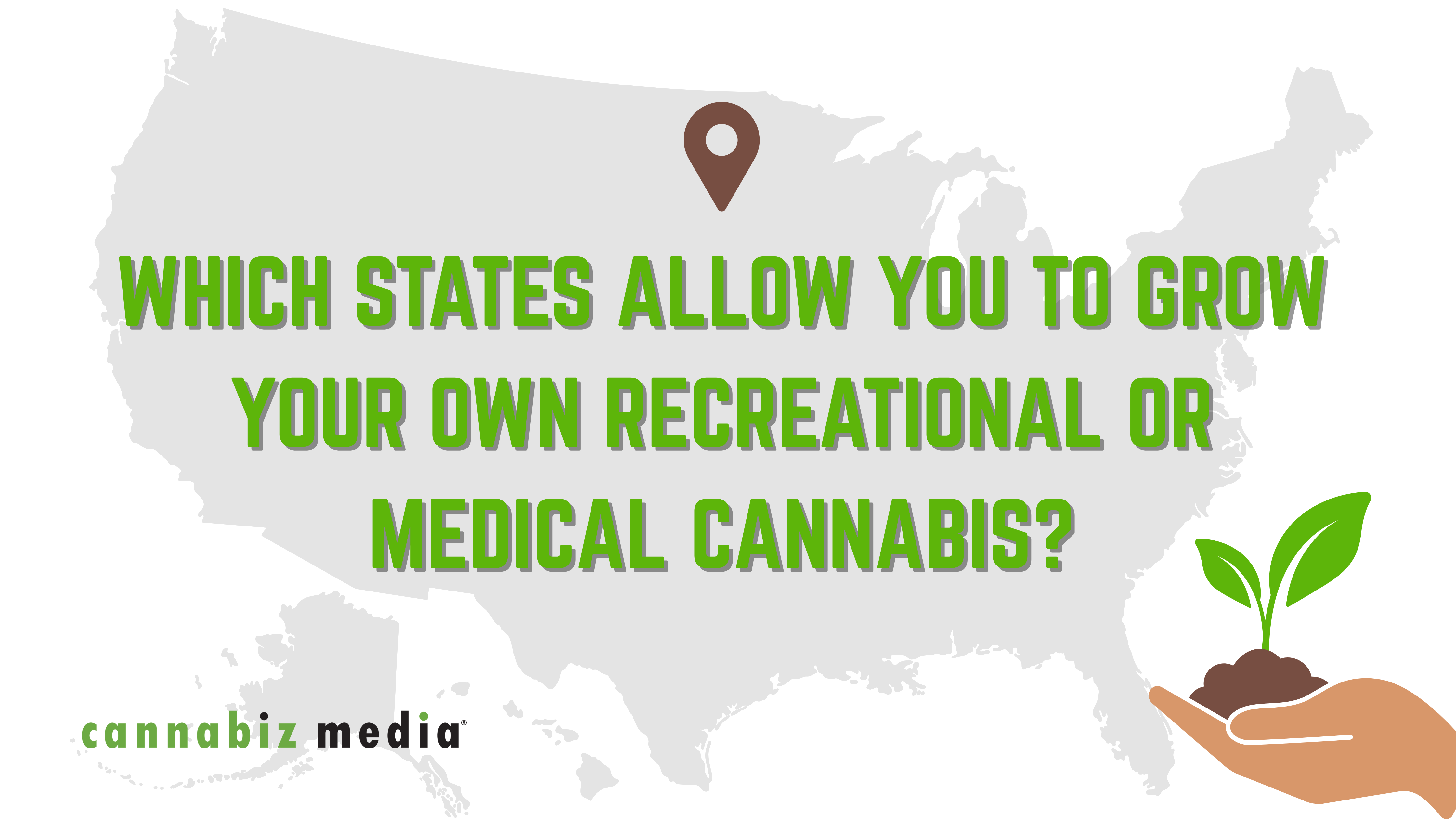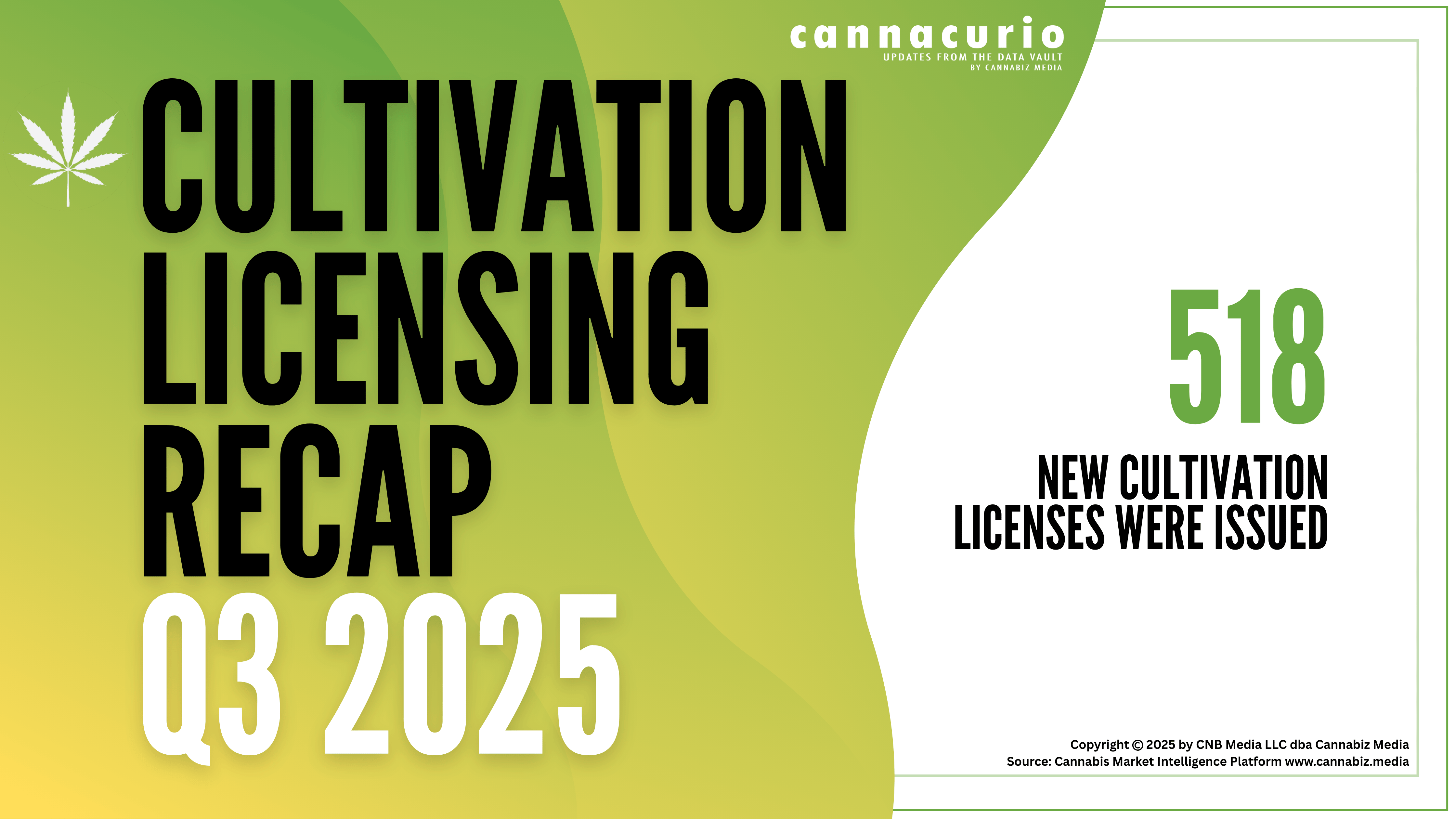Which States Allow You to Grow Your Own Recreational or Medical Cannabis?
You might think that growing cannabis at home is allowed in any state with a legal medical or recreational cannabis program. However, that’s not the case. Review this list of rules and regulations by state to ensure you are remaining compliant.
























.png)




.png)